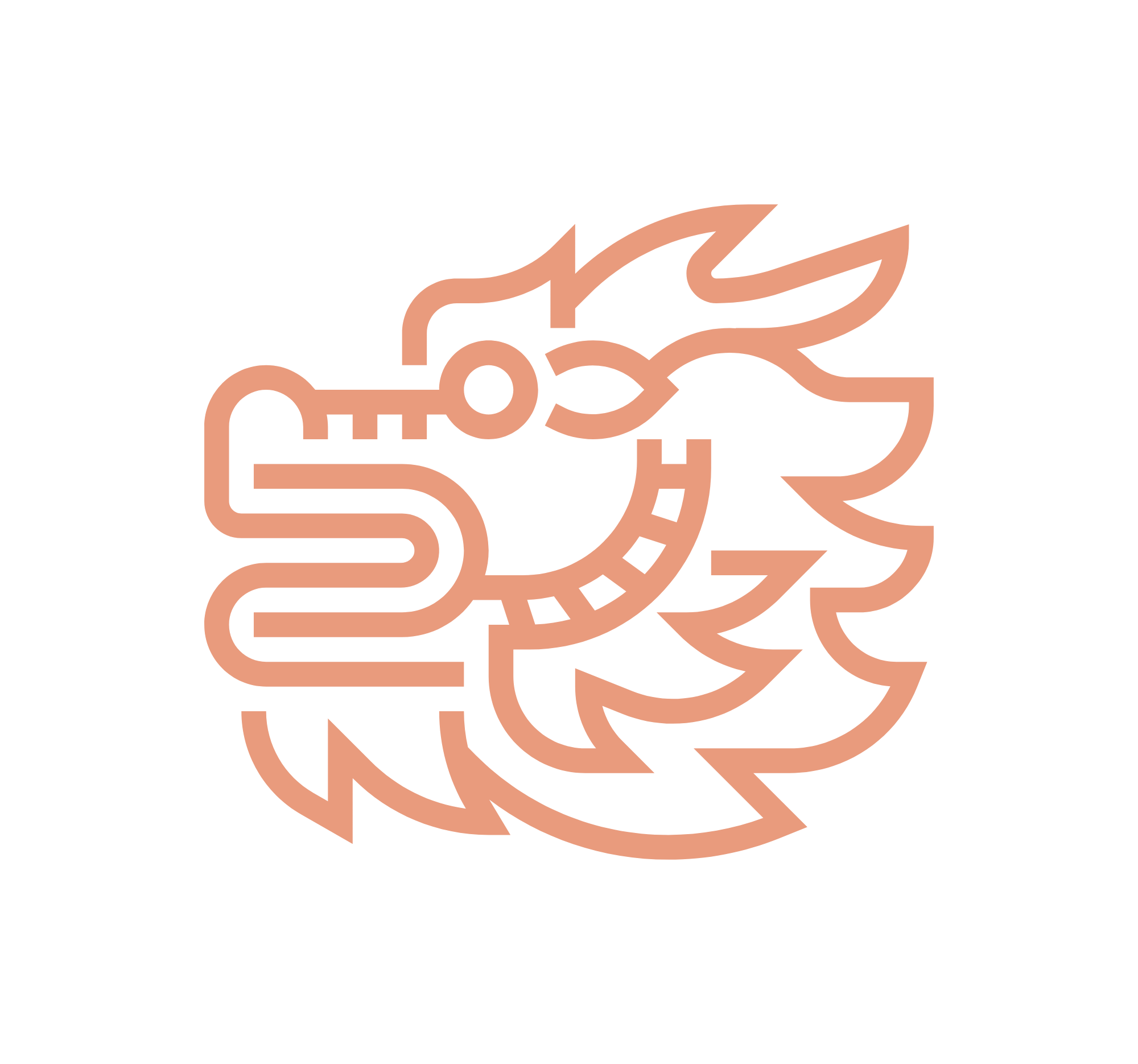Tai Chi (Taijiquan) 太极拳
“If you correct your mind, the rest of your life will fall info place.”
Tai Chi, a centuries-old Chinese martial art, has transcended its combative origins to become a popular form of exercise around the world, appreciated for its health benefits and meditative qualities. Known in China as "Taijiquan" (太极拳), which can be translated as "Supreme Ultimate Boxing," Tai Chi is deeply rooted in Chinese philosophy, particularly Taoism, and is characterized by its slow, flowing movements and deep breathing.
Historical Background
The origins of Tai Chi are somewhat shrouded in mystery and legend. It is traditionally attributed to Zhang Sanfeng, a Taoist monk of the 12th century, although historical evidence for this is scant. What is clear, however, is that by the 17th century, Tai Chi had become established as a distinct martial art, with the Chen family of Henan Province recognized as its earliest practitioners. Over the centuries, Tai Chi evolved into several different styles, with the Chen, Yang, Wu, and Sun styles being the most prominent. Each style shares the underlying principles of Tai Chi but emphasizes different aspects of the art.
Philosophical Foundations
Tai Chi is deeply imbued with the principles of Taoism, including the concepts of Yin and Yang (opposite but complementary forces), the importance of harmony and balance, and the idea of qi (vital energy). Tai Chi movements are designed to foster a balance between strength and flexibility, and to promote the free flow of qi throughout the body. The slow, deliberate movements of Tai Chi are not only a form of physical exercise but also a type of moving meditation, encouraging practitioners to cultivate a state of calm mindfulness.
Health Benefits
A growing body of scientific research supports the health benefits of Tai Chi. Practitioners often report improvements in balance, flexibility, and strength. Studies have shown that Tai Chi can help reduce the risk of falls in older adults, improve cardiovascular health, reduce stress, and improve symptoms of conditions such as arthritis and fibromyalgia. Its low-impact nature makes Tai Chi an accessible form of exercise for people of all ages and fitness levels.
Practice and Techniques
Tai Chi practice typically involves a series of movements, known as forms, which are performed in a slow, flowing manner. Each movement is precise and controlled, with practitioners focusing on maintaining proper posture and breathing deeply. Tai Chi can be practiced individually or in groups, and while it can be learned from books or videos, many practitioners benefit from the guidance of an experienced instructor.
Cultural Impact and Global Spread
From its origins in China, Tai Chi has spread across the world, becoming a global phenomenon. It is now practiced by millions of people in parks, gyms, and studios worldwide. In addition to its health benefits, Tai Chi is valued as a cultural heritage and a means of promoting peace and harmony. International Tai Chi Day, celebrated annually on the last Saturday of April, underscores the global appreciation for this ancient art.
Tai Chi represents a unique blend of martial art, health regimen, and spiritual practice. Its emphasis on balance, harmony, and flow aligns closely with contemporary values of holistic health and mindfulness. As both a physical and philosophical practice, Tai Chi offers a pathway to improved health, reduced stress, and a deeper connection with the natural world. Through its slow and graceful movements, Tai Chi teaches us the value of moving with rather than against the forces of life, embodying the Taoist principle of effortless action, or "wu wei."


